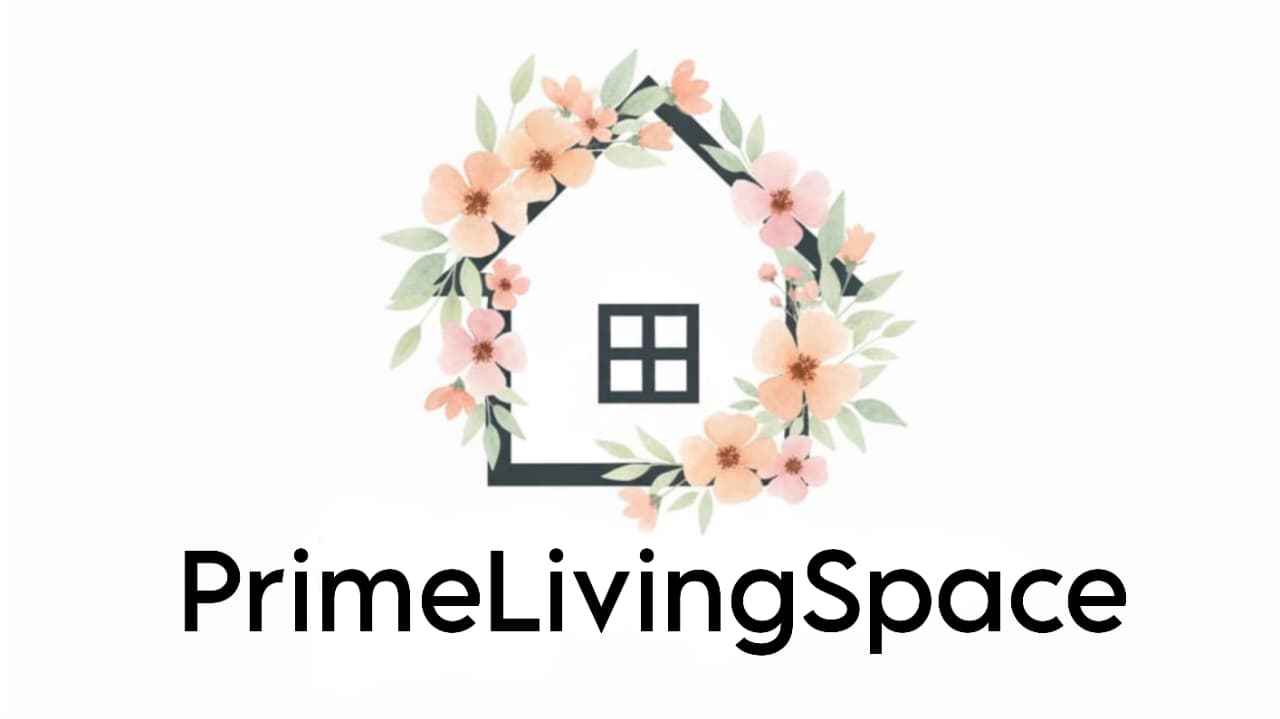
If you’re reading this, chances are you’ve been Googling “ABA therapy near me” at 2 a.m., feeling both hopeful and overwhelmed. I’ve been there.
When my son was first diagnosed, I remember sitting at the kitchen table with a notebook full of provider names and a head full of questions I didn’t even know how to ask. I knew ABA therapy (Applied Behavior Analysis) had a solid track record for helping kids build skills and independence — but every program I found looked different. Some were all about play, others looked like mini classrooms.
And that’s when it hit me: it’s not about finding the “best” ABA program overall — it’s about finding the right fit for your child.
This guide is here to help you do exactly that.
What ABA Therapy Really Is (and Isn’t)
ABA is a science-backed approach to teaching life skills, improving communication, and reducing behaviors that get in the way of learning or safety. It’s structured, but it can also be playful. It’s data-driven, but it’s also deeply personal.
What ABA isn’t? It’s not a magic overnight fix. The right program will adapt to your child — not the other way around.
Step 1: Get Clear on What Your Child Need
Before you call a single provider, you’ll want a clear picture of your child’s needs.
Here’s what helped me:
- Get a professional evaluation – We worked with our pediatrician and later a BCBA (Board Certified Behavior Analyst) to understand my son’s strengths and challenges.
- Write down your priorities – For us, it was communication and social interaction first, followed by daily living skills.
- Think about the setting – My child thrived in quieter spaces, so a smaller clinic made more sense than a large, busy one.
When you’re clear on what you want, you can spot the right program faster.
Step 2: Look at Who’s Running the Show
The people matter just as much as the program. You want therapists who are not only qualified but also warm, patient, and consistent.
Here’s my personal checklist:
- Is there a BCBA overseeing the program?
- Are the therapists RBT-certified (Registered Behavior Technician)?
- Do they offer ongoing training so staff stay current with best practices?
I learned the hard way that credentials are important — but so is the vibe you get when you walk through the door. If the staff seem rushed or disengaged, it’s a red flag.
Step 3: Ask About Customization
One thing I wish I had known earlier: a good ABA program never feels “cookie-cutter.”
Every child should have:
- A personalized treatment plan
- Goals that are specific and measurable
- Regular progress reviews (quarterly at a minimum)
If a provider can’t tell you exactly how they’ll tailor therapy to your child, keep looking.
Also Read : How Future Healthcare Technology Is Elevating At-Home Care
Step 4: Make Sure Parents Are Part of the Process
The best ABA therapists don’t just work with kids — they train parents too.
In our case, weekly parent sessions were a game changer. I learned how to use ABA techniques during everyday moments — like teaching my son to wait in line at the grocery store without a meltdown.
If a program excludes parents or limits your involvement, it might be a sign they’re not as collaborative as you need.
Step 5: Compare the Details
Once you’ve got a shortlist, line them up side by side:
| Factor | Provider A | Provider B | Provider C |
|---|---|---|---|
| BCBA Supervision | Yes | Yes | No |
| Setting | Clinic | Home | Hybrid |
| Parent Training | Weekly | Monthly | None |
| Cost (per month) | $2,000 | $1,800 | $1,500 |
| Progress Reviews | Monthly | Quarterly | Quarterly |
I actually made a spreadsheet like this. It took the emotion out of the decision and made the choice much clearer.
Questions to Ask When You Visit
- How do you measure progress?
- What’s your experience with kids who have similar needs to mine?
- How do you handle challenging behaviors?
- How many hours a week do you recommend?
- Can I observe a session before committing?
Red Flags to Watch Out For
From my own search (and mistakes), these are big warning signs:
- No certified BCBA on staff
- No clear progress tracking
- High staff turnover
- Programs that “guarantee” results
- Zero parent involvement
Step 6: Trust Your Gut
After all the research, it came down to one thing for me: Did I feel good leaving my child there?
I picked the provider where my son lit up when he walked in, the therapists greeted him by name, and I felt respected as part of the team.
Final Thoughts
Finding the right ABA therapy program isn’t easy — but when you see your child gaining confidence, learning new words, or making their first friend, it’s worth every late-night Google search and phone call.
Do your homework, ask the hard questions, and trust your instincts. You’re not just choosing a therapy — you’re choosing partners in your child’s growth.
If you want more help with your search, check out my guide: “Questions Every Parent Should Ask Before Starting ABA Therapy.”
Quick FAQ
Q: How long before I see results?
Some families see small changes in weeks, but real progress often takes months of consistent therapy.
Q: Is home-based ABA as good as clinic-based?
It depends on your child’s needs. Home-based is great for practicing real-life skills, but clinics offer structured settings and social opportunities.
Q: How much does it cost?
Without insurance, it can range from $15,000 to $60,000 per year. Many insurance plans now cover at least part of it.



